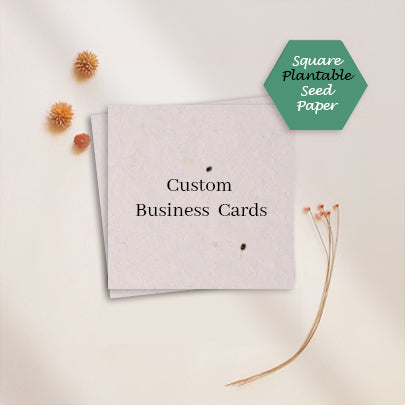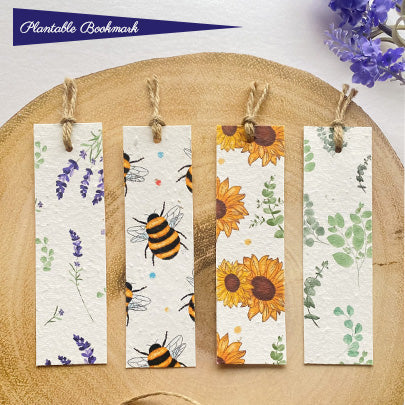The Future Of Printing: Exploring Seed Paper As A Sustainable Alternative
Here's a detailed exploration:
-
Production Process:
- Seed paper is made by embedding seeds into paper pulp during the manufacturing process.
- The paper pulp mixture is typically composed of recycled paper fibers, water and seeds of various plant species.
- After the paper is formed, it undergoes a drying process to remove excess moisture, ensuring the seeds remain viable.
- Once dried, the seed paper can be cut into various shapes and sizes for different applications, such as cards, invitations, packaging and promotional materials.

-
Environmental Benefits:
- Seed paper offers several environmental advantages over conventional paper products.
- It promotes sustainability by utilizing recycled materials and reducing waste in landfills.
- When discarded, seed paper decomposes naturally, returning nutrients to the soil and supporting plant growth.
- The embedded seeds germinate and grow into plants, further contributing to ecological restoration and biodiversity conservation.
-
Applications:
- Seed paper has a wide range of applications across industries, including:
- Stationery: Business cards, greeting cards, invitations and note cards.

- Packaging: Boxes, tags, labels and wrapping paper.

- Marketing: Flyers, brochures, catalogs and promotional items.
- Stationery: Business cards, greeting cards, invitations and note cards.
- Its versatility makes it suitable for both personal and commercial use, offering a unique and eco-friendly alternative to traditional paper products.
- Seed paper has a wide range of applications across industries, including:
-
Impact on Industries:
- Printing Industry: Seed paper introduces new opportunities for printers to offer sustainable products and cater to environmentally conscious customers.
- Event Planning: Seed paper invitations and favors add a green touch to weddings, parties and corporate events, aligning with the growing demand for eco-friendly celebrations.

- Branding and Marketing: Companies can enhance their brand image by incorporating seed paper into their promotional materials, demonstrating a commitment to sustainability and corporate responsibility.
- Environmental Conservation: Seed paper contributes to reforestation efforts and habitat restoration by facilitating the growth of native plant species and supporting ecosystem health.
-
Consumer Perception and Demand:
- Consumers are increasingly drawn to eco-friendly products and seek sustainable alternatives in their purchasing decisions.
- Seed paper appeals to environmentally conscious consumers who prioritize sustainability and conservation.
- As awareness of environmental issues grows, demand for seed paper products is expected to rise, driving market expansion and innovation in the printing and paper industries.
In conclusion, exploring seed paper as a sustainable alternative involves recognizing its environmental benefits, diverse applications, and potential impact on industries and consumer behavior. By embracing seed paper technology, businesses and consumers can contribute to a more sustainable future while enjoying the practical and aesthetic appeal of eco-friendly paper products.












































































